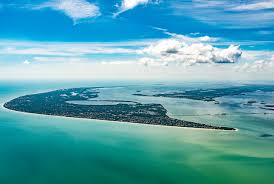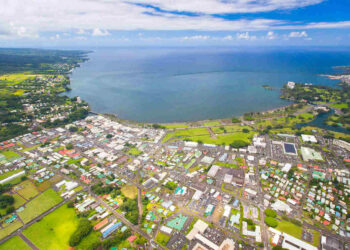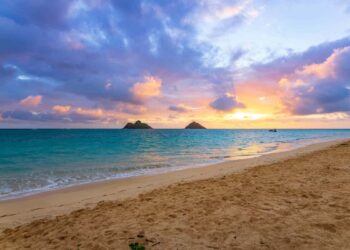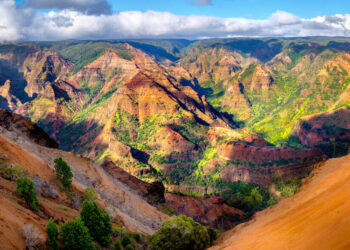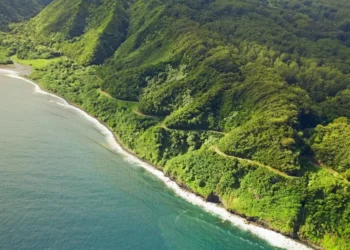Tucked along Florida’s Gulf Coast, just a short hop from Fort Myers, Sanibel Island shines as a peaceful retreat where nature takes center stage. This 12-mile-long, 3-mile-wide barrier island is a haven of white sandy beaches, turquoise waters, and a laid-back charm that feels worlds away from the bustle of bigger tourist spots. Famous for its seashells—over 250 kinds wash up daily—Sanibel draws visitors who love to stroll the shore, bending into what locals call the “Sanibel Stoop” to gather treasures. Beyond the beaches, the island offers wildlife, history, and a quiet vibe shaped by its past and its people, making it a gem worth exploring.
Notable Insight: Sanibel’s east-west curve, unlike most north-south islands, acts like a natural scoop for shells carried by Gulf currents. That’s why it’s nicknamed the “Seashell Capital of the World,” a title it’s held for decades.
Places to Visit: An Overview
Sanibel’s highlights blend natural beauty with a touch of history. The beaches are the star—15 miles of them, each with its own feel. Lighthouse Beach Park, on the island’s eastern tip, pairs soft sand with the 1884 Sanibel Lighthouse, a sturdy iron tower still standing after storms like Hurricane Ian in 2022. Bowman’s Beach, wilder and less crowded, stretches along the west side, perfect for shelling or a quiet picnic. Blind Pass Beach, near the bridge to Captiva Island, buzzes with anglers and shell hunters alike.
The J.N. “Ding” Darling National Wildlife Refuge covers over half the island—6,400 acres of mangroves, trails, and waterways. It’s home to alligators, manatees, and over 245 bird species, from pelicans to roseate spoonbills. The Bailey-Matthews National Shell Museum dives deeper into the island’s shell obsession, showing off giant clams and rare finds like the Junonia. For a small-town peek, the Sanibel Historical Village preserves old homes and stories from the island’s pioneer days.
How to Reach
Sanibel sits off Fort Myers, linked to the mainland by the Sanibel Causeway—a scenic, toll-road bridge ($6 round-trip) that’s your main way in. Most visitors fly into Southwest Florida International Airport (RSW), about 25 miles away, then drive 40 minutes to the island. Rent a car at the airport—public transport is slim here—or book a shuttle like Mears Connect. Tampa’s airport, 2.5 hours north, or Punta Gorda, an hour away, are other options if flights align better.
Once on Sanibel, a car helps, but the island’s 25 miles of bike paths make pedaling a fun way to explore. Rent bikes from spots like Billy’s Rentals on Periwinkle Way. To reach Captiva, just drive west across the Blind Pass Bridge—no toll, just a quick jaunt.
Experiencing the Parks
Lighthouse Beach Park: The lighthouse stands tall, a survivor of time and tides. Fish off the pier, swim in calm waters, or hunt shells at sunrise when the pickings are best. Picnic tables and shade make it family-friendly.
Bowman’s Beach: This spot feels untouched—no hotels, just sand and sea. Walk from the parking lot over a bridge to reach it, and bring a bag for shells—conchs and whelks pile up here. It’s quiet, with showers and grills for a laid-back day.
J.N. “Ding” Darling Refuge: Drive the 4-mile Wildlife Drive or bike the trails—early mornings catch birds feeding at low tide. Kayak rentals let you paddle through mangroves, spotting otters or dolphins if luck’s on your side. The visitor center’s free exhibits tell the refuge’s story.
Shell Museum: See shells from around the world, touch tanks with live mollusks, and learn why Sanibel’s shores are so rich. It’s small but packed with cool finds.
Historical Village: Step into old Sanibel with restored buildings—a 1920s post office, a settler’s cottage. It’s a quick stop, but the guides share tales of the island’s rugged start.
Frequently Asked Questions About Sanibel Island
When’s the best time to visit?
December to April brings warm days (70s-80s) and dry skies—peak season, so book early. Summer’s hotter (90s) and wetter, with storm risks as sanibel island weather can change, but cheaper if you dodge June to November’s hurricane window.
What’s shelling like?
Best at low tide, after storms, or around new and full moons. Bowman’s and Blind Pass beaches top the list. Keep shells with no live critters—rules protect the ecosystem.
Are beaches public?
Yes, with five main access points: Lighthouse, Gulfside City Park, Tarpon Bay, Bowman’s, and Blind Pass. Parking’s $5 an hour—bring cash or a card.
What wildlife will I see?
Birds rule—herons, egrets, ospreys—plus alligators and manatees in the refuge. Sea turtles nest May to October; dim your lights at night to help hatchlings.
Can I stay overnight?
Hotels like Island Inn or Sanibel Moorings offer cozy stays, or rent a condo through Kingfisher Vacations. Book ahead—options shrank post-Ian.
Beyond the Basics
Sunset Bliss: Head to Blind Pass Beach or the Causeway Islands Park (free parking) at dusk. The Gulf sunsets glow orange and pink—bring a drink and watch dolphins play.
Hidden History: The Calusa Indians thrived here 2,500 years ago, leaving shell mounds you can spot at the refuge. Later, pirates like José Gaspar supposedly hid treasure—still unfound.
Final Reflection
Sanibel Island isn’t loud or flashy—it’s a place that whispers its worth. The beaches stretch soft and wide, shells glinting like gifts from the sea. The refuge hums with life, a reminder of what Florida once was. After Hurricane Ian battered it in 2022, Sanibel’s bounced back, not with skyscrapers, but with the same quiet spirit its people have guarded since the causeway opened in 1963. It’s a spot where you slow down, breathe deep, and feel the pull of something simple and real—a slice of paradise that proves less can be so much more.
